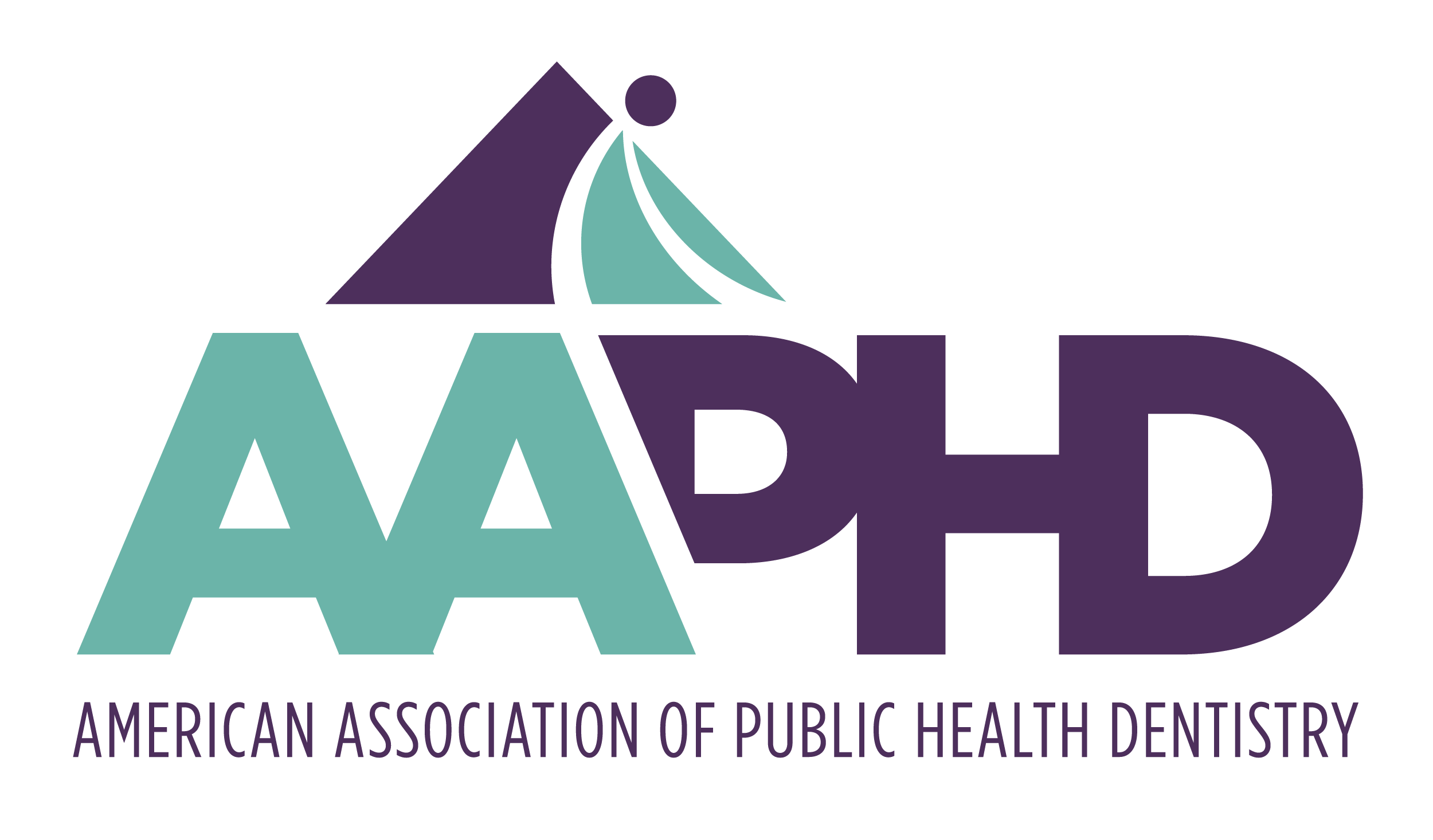Impacting Workforce Diversity: The Social Mission Alliance (SMA)"Of all the forms of inequality, injustice in health care is the most shocking and inhumane." – Dr. Martin Luther King Jr.The Social Mission Alliance (SMA) was founded by Dr. Fitzhugh Mullan in 2012 as a catalyst to promote the inclusion of a social mission focused on health professions education programs in the United States.¹ The idea of a medical or health profession institution’s “social mission” or responsibility to promote health equity was a concept not widely known prior to 2010. By definition, social mission is a cause that benefits society, the economy, and/or the environment. SMA aims to highlight the importance of social mission in health professions education by strategically supporting students, educators, community leaders, and policymakers, along with their organizations, to advance equity in education, research, service, policy and practice.² SMA serves as a powerful advocate for reshaping healthcare education and workforce development to prioritize diversity, equity, and inclusion (DEI). The Impact of the Social Mission AllianceSMA has made measurable progress in fostering diversity within the healthcare workforce. A key contribution is their development of the Social Mission Metrics Initiative, which evaluates health professions schools based on their efforts to prioritize social mission goals, including diversity. Through this initiative, SMA has introduced a Diversity Index, a quantitative measure reflecting the representation of underrepresented minority groups in healthcare education. Results reveal that institutions ranking higher on the Diversity Index are more likely to produce health professionals willing to serve in historically underrepresented communities. The Diversity Index underscores the disparities within healthcare education, providing critical insight for improvement. Institutions leveraging this data have reported increased enrollment of underrepresented groups, demonstrating that data-driven strategies can yield tangible results. Why This Matters for Dental Public HealthOral health disparities remain an urgent public health issue, particularly in rural and historically underrepresented communities where access to dental care is limited. Research indicates patients often have improved health outcomes when treated by providers who share their cultural or linguistic background. SMA’s initiatives, such as the Health Workforce Diversity Initiative, directly address these disparities by promoting inclusive policies and practices across health professions education. Challenges Amidst Policy ChangesRecent executive orders from the current administration pose challenges to health workforce diversity efforts. These orders have dismantled federal DEI programs and created new barriers to diversity and inclusion within federal agencies. Policies promoting affirmative action have been rescinded. Critics contend that removing DEI programs erodes decades of progress toward achieving equitable workforce representation and building an effective workforce, both of which address disparities in oral health. RecommendationsDespite current challenges, public health organizations can continue to advocate for health equity by educating the public at large on the importance of a diverse workforce in healthcare and taking action on the following:
Authored by Sabrina M. Porcher-Fennell and the AAPHD EDI CommitteeReferences
|

